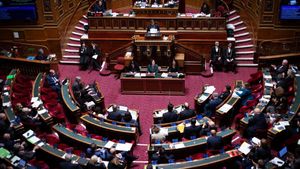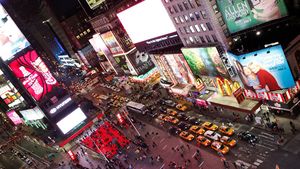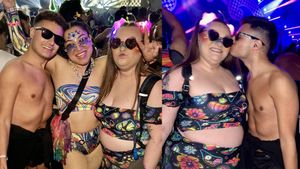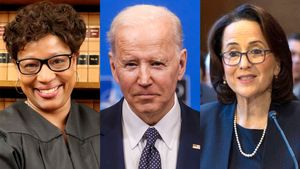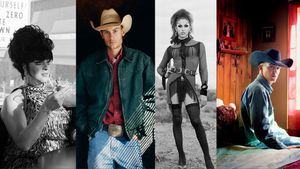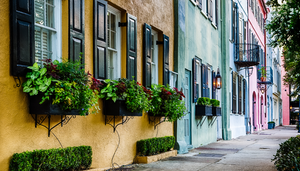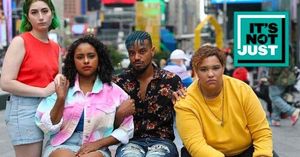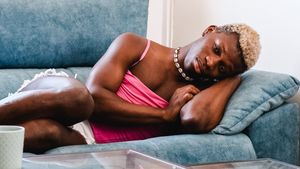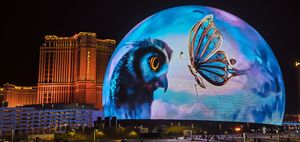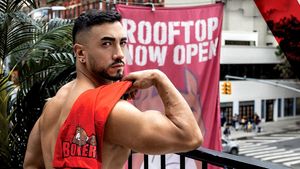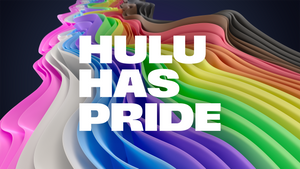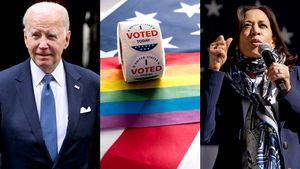Identities
Is 'queer signaling' still a thing in 2025, and how important is it to know the secret code?
Is 'queer signaling' still a thing in 2025, and how important is it to know the secret code?

Zamrznuti tonovi/Shutterstock
What is "queer signaling"?
It's 2025, and people still have to hide who they really are.


Andrew J. Stillman
Contributing Writer for Pride.com
Andrew J. Stillman is a freelance writer and yoga instructor exploring the world. Check him out at andrewjstillman.com or follow him @andrewjstillman on all the things.
Andrew J. Stillman is a freelance writer and yoga instructor exploring the world. Check him out at andrewjstillman.com or follow him @andrewjstillman on all the things.
@andrewjstillman
March 03 2025 4:32 PM EST
March 03 2025 4:32 PM EST






















































